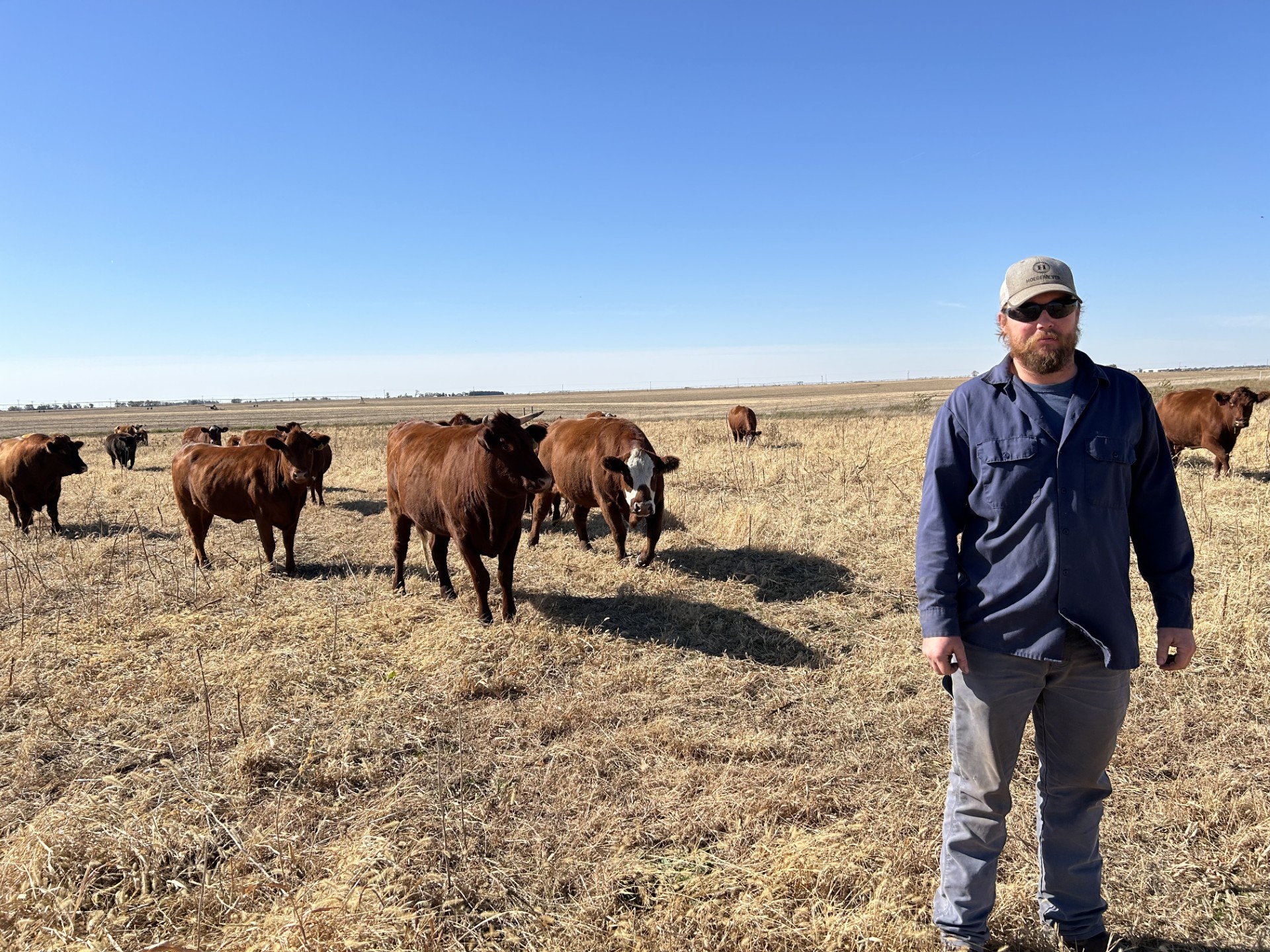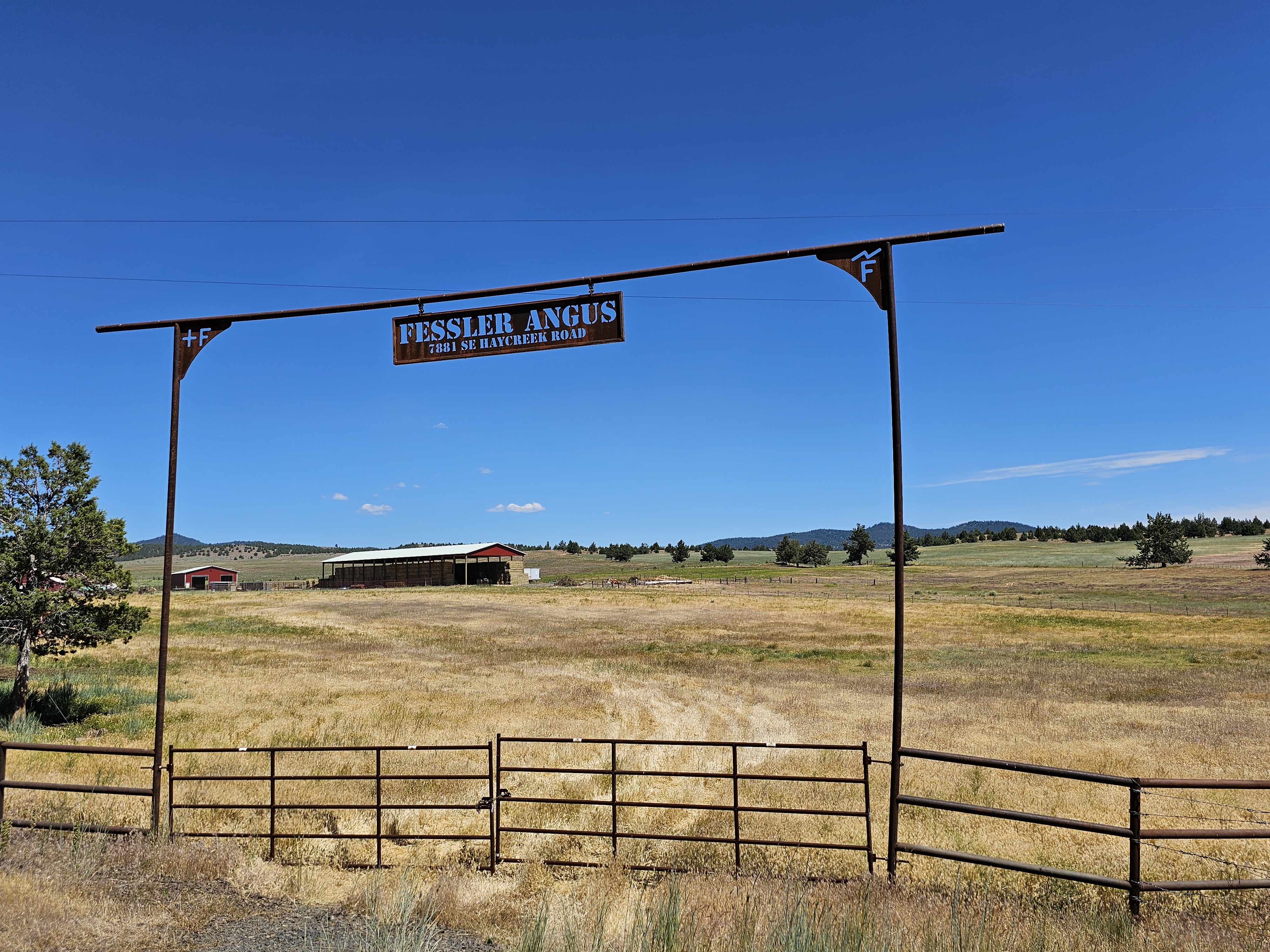Obstacles and Conservation Strategies Faced By Southeastern Ranchers
Challenges and Conservation Practices for ranchers in the Southeastern United States
As a native of Southwest Florida, I have seen agriculture wax and wane over the years, especially the cattle ranching industry. My great-grandfather managed a ranch in Immokalee, Florida for nearly 40 years. In this environment, I developed a strong appreciation for cattle and what they provide for our community and culture. One of the first things I learned is cattle ranching is not an easy way of life. Ranchers face many challenges, ranging from cattle health, land limitations, and extreme weather/drought. They also face many business challenges such as slim profit margins, increasing land costs and government regulations. This article will focus on the challenges cattle ranchers face in the Southeastern United States, primarily concerning climate impacts on cattle ranching, and how ranchers can mitigate these challenges through conservation practices.



What are the challenges facing cattle ranchers in the Southeastern United States?
Operations concerning livestock are especially susceptible to rapid fluctuations in temperature and weather patterns. An increase in heat stress will lead to reduced yield in both dairy and livestock operations. Some models predict as high as a 10% decrease in projected yield due to fluctuations in temperature from climate change in the Southeastern United States. This heat stress can also lead to an increase in input prices such as cattle feed. Another component of increasing temperatures is the spreading of vector-borne diseases. Vector-borne disease has already had a devastating impact on agriculture in Florida, specifically the HLB virus currently affecting Florida citrus production. Due to the already slim profit margins, decrease in output, increase in input prices, and spread of disease could result in a detrimental impact to cattle ranching in the region.

How can ranchers mitigate these challenges?
Despite the difficulties in the region, there are ways ranchers can mitigate these climate challenges. The mitigation strategies covered will center around the idea of “adaptive management.” Adaptive management can be defined as “a decision process that promotes flexible decision making that can be adjusted in the face of uncertainty…” Through the lens of adaptive management, we will focus on two conservation practices:
- Rotational Grazing
- Nutrient Management
Rotational Grazing
Rotational grazing is a regenerative practice that has seen a distinct rise in popularity since its introduction in 1950 by Arthur Sampson at the Society for Range Management. While there are many different types of rotational grazing (holistic grazing, prescribed grazing, etc..), it will be defined as “the movement of livestock between two or more subunits of a rangeland such that alternating periods of grazing and rest occur within a singular growing season.” This practice pairs well with the concept of adaptive management because it considers the uncertainty of agriculture. This uncertainty is not eliminated, but it attempts to learn from it by adjusting existing grazing patterns to mitigate forage waste and promote desired grass species. Rotational grazing is especially suitable for the Southeastern United States due to the already limited land usage in the region from increased population growth and residential land development.
Nutrient management
Nutrient management can also help mitigate challenges related to climate impacts in the region. Nutrient management can include several different strategies, ranging from fertilizing grazing land low in nutrients (primarily low nitrogen) to improving manure management through controlling the application of manure. With the rapid fluctuation in weather patterns, some problems such as cattle loss and drought are difficult to avoid; however, nutrient management can offset these costs by increasing overall output and reducing soil erosion. This practice also utilizes adaptive management by approaching the problem of climate change through flexible decision making. Nutrient management does not eliminate uncertainty; but the practice takes a methodological approach in identifying the goals of the operation, addressing a feasible implementation plan, and continually learning and adapting the plan to fit the needs of the ranch. An example of this could be a rancher determining their grazing fields are low in nitrogen, resulting in poor grass growth. An adaptive management approach would be to determine the goals (soil needs more nitrogen), a feasible implementation plan (fertilizing with a nitrogen rich fertilizer such as urea or planting a legume cover crop to promote nitrogen fixation), and continually learning from the process (adjusting fertilization rates or seeding rates based on forage availability and soil sampling).
Utilizing an adaptive management strategy when implementing conservation practices can lead to great results in mitigating the impact of weather and climate fluctuations in the Southeastern United States. Agoro Carbon Alliance is a great asset to guide you through the process of implementing these practices.
Resources:
- American Cattle Ranching and Climate Change | AgAmerica
- Ranching (nationalgeographic.org)
- Focus on Livestock in the Southeast | USDA Climate Hubs
- Adaptive Management Working Group – Tech Guide
- Origin, Persistence, and Resolution of the Rotational Grazing Debate: Integrating Human Dimensions In to Rangeland Research
- USDA ERS – Manure Management



